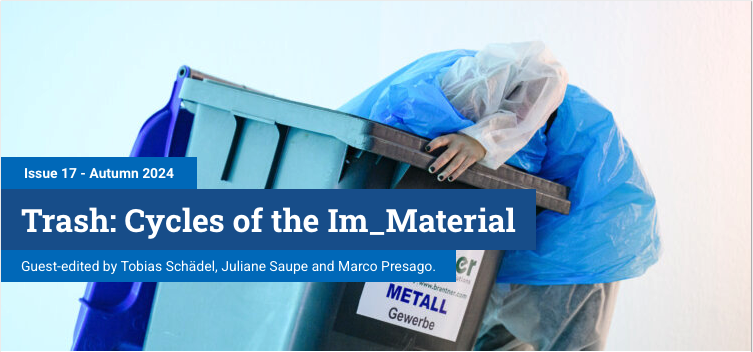Dirty Signs in Clean Cities
On Trash as Socio-aesthetic Category in India
DOI:
https://doi.org/10.22029/oc.2024.1441Keywords:
aesthetics, governmentality, caste, beautification, urban spaceAbstract
This _Article explores the intersection of urban beautification and caste in contemporary Indian cities, with specific focus on commissioned works of street art which are part of urban cleanliness campaigns. Over the past three decades, state-sponsored urban improvement schemes have aimed at eradicating perceived ‘dirt’ from cities, often employing street artists to promote urban beautification and cleanliness. Within the apparently inherent connection between beauty, sanitation and citizenship in Indian cities, an attempt at establishing an urban aesthetics of clean(s)ing is discernible, specifically in New Delhi. This _Article argues that the utilization of urban aesthetic practices like street art, particularly as a means to combat ‘dirt,’ emerges from caste-based and revanchist visions of the Indian public sphere. Through case studies, it shows how murals are employed to promote ideals of cleanliness that reflect upper-caste values that serve to transform urban spaces while policing oppressed-caste and working-class residents. Building on analyses of spatial transgression, such as Mary Douglas’ idea of dirt as “matter out of place,” Tim Cresswell’s notion of graffiti as “words out of place,” and D. Asher Ghertner’s concept of “aesthetic governmentality,” it explores the discursive procedures through which certain types of bodies and symbols are declared as illegal/illegible or dirty/disgusting in the Indian city. The _Article will show how street and other forms of art may embody and/or critique these prevalent notions of socio-spatial order.
Downloads
Published
Issue
Section
License
Copyright (c) 2024 Sanchita Khurana

This work is licensed under a Creative Commons Attribution 4.0 International License.




